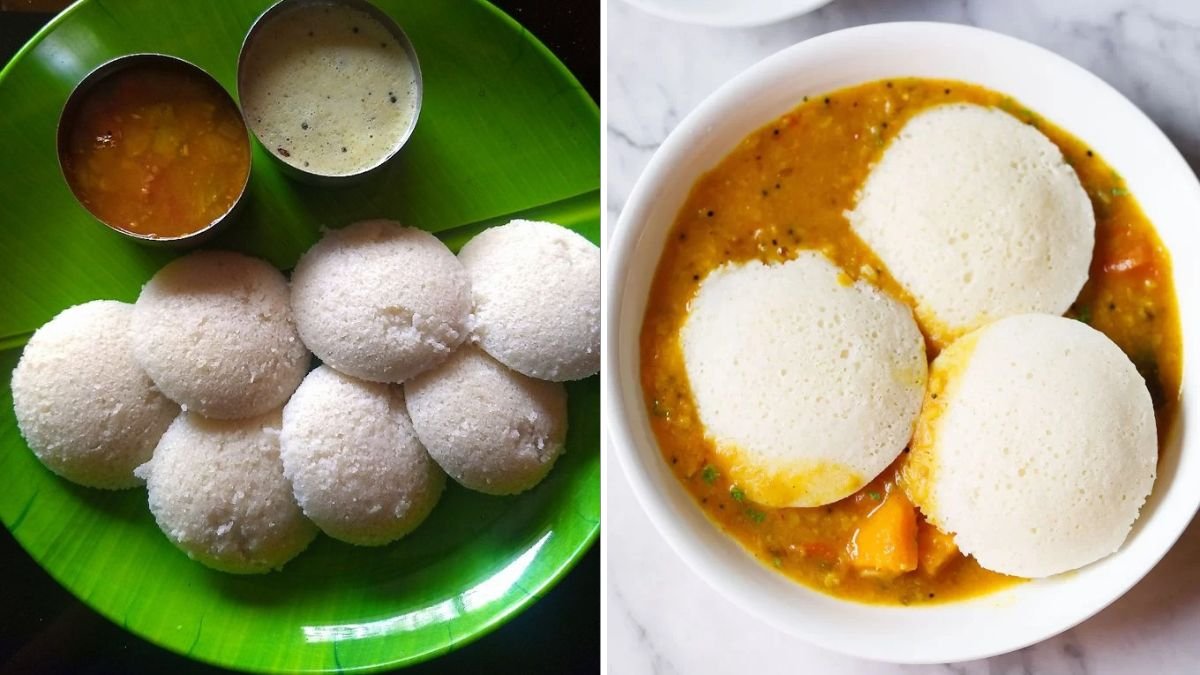Sambar, a traditional South Indian lentil stew, is a must-have accompaniment for idli and dosa, the iconic breakfast staples in Indian cuisine. Rich, tangy, and perfectly spiced, sambar can turn a simple meal into a restaurant-style breakfast at home. Whether you’re a seasoned cook or a beginner, this 5-step guide will teach you how to make authentic, flavorful sambar that will impress family and friends.
Why Sambar Is a Must for Idli and Dosa
In American kitchens, Indian breakfasts are gaining popularity, especially idli and dosa, which are light, healthy, and delicious. Sambar complements these dishes perfectly because:
- Nutritious: Packed with lentils, vegetables, and spices.
- Versatile: Works with idli, dosa, rice, or even as a soup.
- Flavorful: Tangy tamarind and aromatic spices create a rich, comforting taste.
- Gluten-Free & Vegan: Perfect for health-conscious Americans seeking plant-based options.
Making sambar from scratch may seem intimidating, but with this guide, it becomes simple and approachable.
Ingredients You’ll Need
To make authentic sambar for 4-6 servings, gather the following ingredients:
For the Lentils:
- 1 cup toor dal (pigeon peas) or yellow split peas
- 3 cups water
- ½ tsp turmeric powder
- Salt, to taste
For the Tamarind Base:
- 1-inch piece of tamarind (soaked in warm water) or 2 tbsp tamarind paste
For Vegetables:
- 1 carrot, diced
- 1 drumstick (optional), cut into pieces
- 1 tomato, chopped
- ½ cup pumpkin or squash, cubed
- ½ cup okra, sliced
For Sambar Masala:
- 1 tsp cumin seeds
- 1 tsp coriander seeds
- 1 tsp black peppercorns
- 2-3 dried red chilies
- ½ tsp fenugreek seeds
- 1 tbsp grated coconut (optional, for richer flavor)
For Tempering:
- 2 tsp oil
- 1 tsp mustard seeds
- 1 tsp cumin seeds
- 2 dried red chilies
- 8-10 curry leaves
- A pinch of asafoetida (hing)
This combination of ingredients ensures a balanced, flavorful sambar that pairs perfectly with idli and dosa.
Step 1: Cook the Lentils
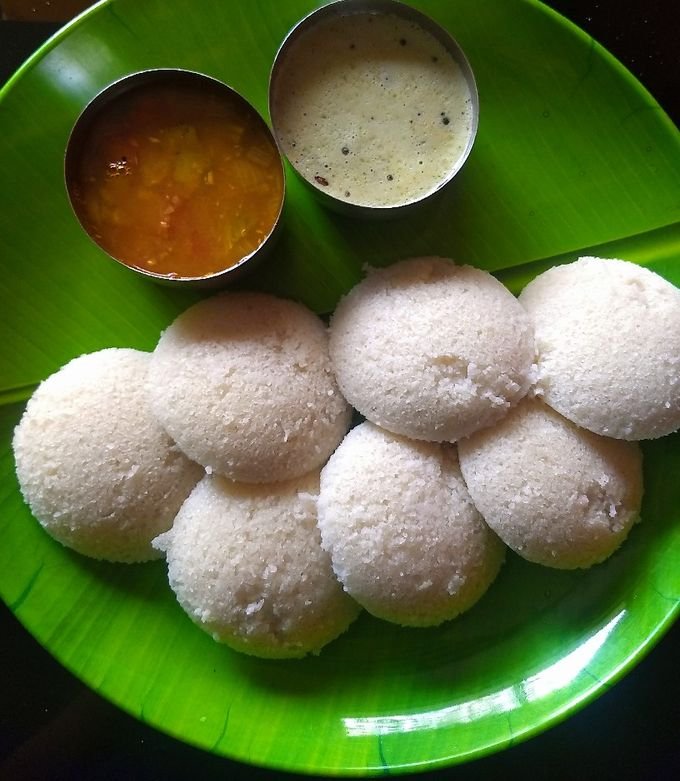
The base of any good sambar is well-cooked lentils.
- Rinse the toor dal thoroughly in water.
- In a pressure cooker, add 1 cup dal, 3 cups water, turmeric, and a pinch of salt.
- Cook for 3-4 whistles or until the dal is soft and mushy.
- Mash the dal slightly with a spoon or whisk to create a smooth consistency.
Cooking lentils perfectly ensures your sambar is creamy and thick, which is essential for it to coat idli and dosa evenly.
Step 2: Prepare the Tamarind Base
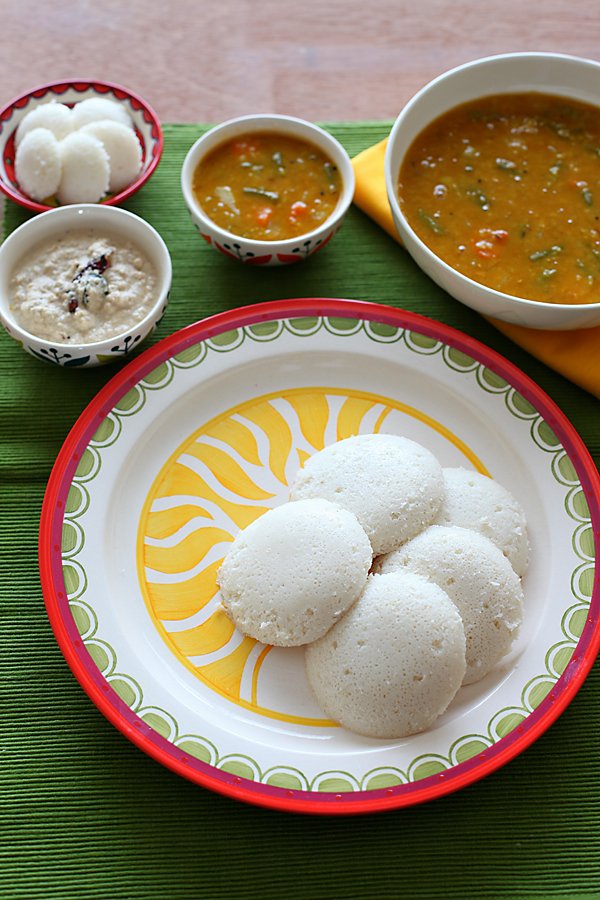
Tamarind gives sambar its signature tangy flavor.
- Soak a 1-inch tamarind piece in warm water for 10-15 minutes.
- Extract the pulp by squeezing the soaked tamarind and straining it through a sieve.
- If using tamarind paste, simply dilute it in ½ cup water.
The tanginess from tamarind balances the richness of lentils and vegetables, giving sambar its distinct flavor that Americans find irresistible.
Step 3: Cook the Vegetables
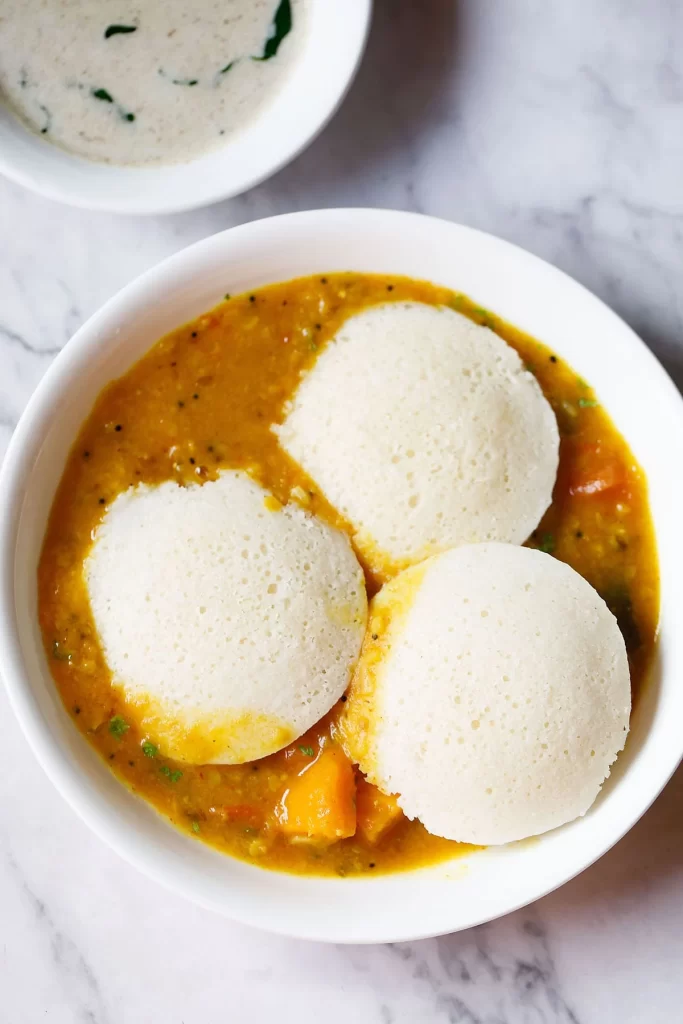
Vegetables add texture, nutrition, and color to your sambar:
- In a medium pan, add the chopped vegetables with ½ cup water.
- Cook until they are tender but not mushy—this usually takes 8-10 minutes.
- Add the tamarind pulp to the vegetables and let it simmer for 5 minutes.
Tip: Choose seasonal vegetables for a fresher taste. Carrots, drumsticks, pumpkin, and okra are traditional choices that make your sambar visually appealing and nutritious.
Step 4: Make the Sambar Masala

The masala is what gives sambar its aromatic, deep flavor:
- Dry roast cumin seeds, coriander seeds, black peppercorns, dried red chilies, and fenugreek seeds until fragrant.
- Grind them into a fine powder.
- If using, add grated coconut to the roasted spices and grind again.
Add this freshly ground masala to the cooked vegetables and tamarind mixture. Simmer for 5-7 minutes to allow the flavors to meld beautifully.
Step 5: Temper the Sambar
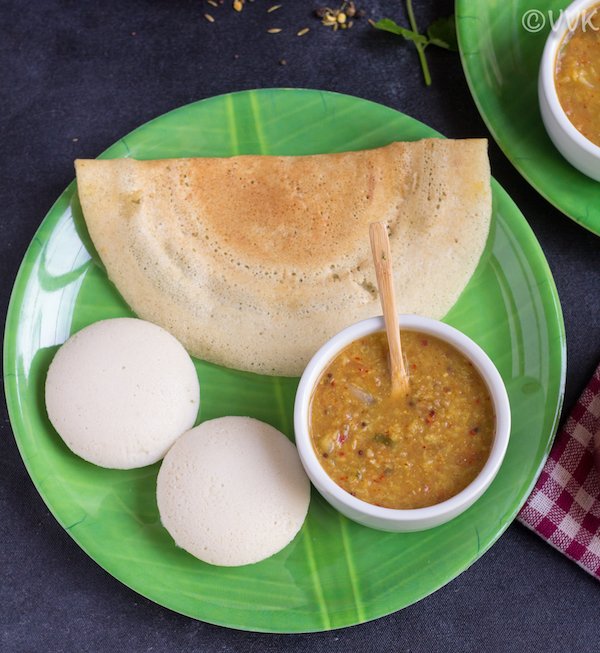
Tempering adds a final burst of aroma and flavor:
- Heat 2 tsp oil in a small pan.
- Add mustard seeds and let them pop.
- Add cumin seeds, dried red chilies, curry leaves, and a pinch of asafoetida.
- Pour this hot tempering over the simmering sambar.
Give the sambar a gentle stir. The aroma of mustard seeds and curry leaves will make your kitchen smell like a South Indian restaurant.
Serving Suggestions
Sambar pairs perfectly with:
- Steamed idli – soft, spongy rice cakes that soak up the sambar.
- Crispy dosa – thin rice and lentil crepes that balance the tangy, spicy flavors.
- Rice bowls – pour sambar over steamed rice for a wholesome meal.
For an American twist, you can serve sambar with quinoa or brown rice for a protein-rich, gluten-free alternative.
Tips for Perfect Sambar Every Time
- Adjust Tanginess: More tamarind for extra tang, less for a milder flavor.
- Consistency Matters: Sambar should be pourable but not too watery. Add water gradually if needed.
- Spice Balance: Modify chili levels to suit your taste. Americans new to Indian spices may prefer mild to medium heat.
- Fresh Ingredients: Use fresh curry leaves and vegetables for maximum flavor.
- Cook Lentils Thoroughly: Soft, mushy lentils are essential for creamy sambar.
Health Benefits of Sambar
Sambar is not just delicious—it’s nutrient-packed and healthy:
- High in protein: Lentils provide plant-based protein, ideal for vegetarians and vegans.
- Rich in fiber: Helps digestion and keeps you full.
- Low in fat: Minimal oil, especially when served with steamed idli.
- Loaded with vitamins and minerals: Vegetables and tamarind add essential nutrients.
It’s a breakfast option that fuels your day with energy while being light on the stomach.
Conclusion
Making authentic sambar for idli and dosa at home is easier than you think. By following this 5-step guide, you can create a rich, flavorful, and nutritious South Indian classic that’s perfect for breakfast, lunch, or dinner.
From cooking tender lentils and tangy tamarind to simmering fresh vegetables and spices, each step enhances the aroma, texture, and taste of your sambar. Serve it with idli, dosa, or even rice, and enjoy a restaurant-quality meal in your own kitchen.
With practice, you’ll be able to customize the spice levels, consistency, and tanginess to suit your family’s taste, making sambar a staple in your American home.
